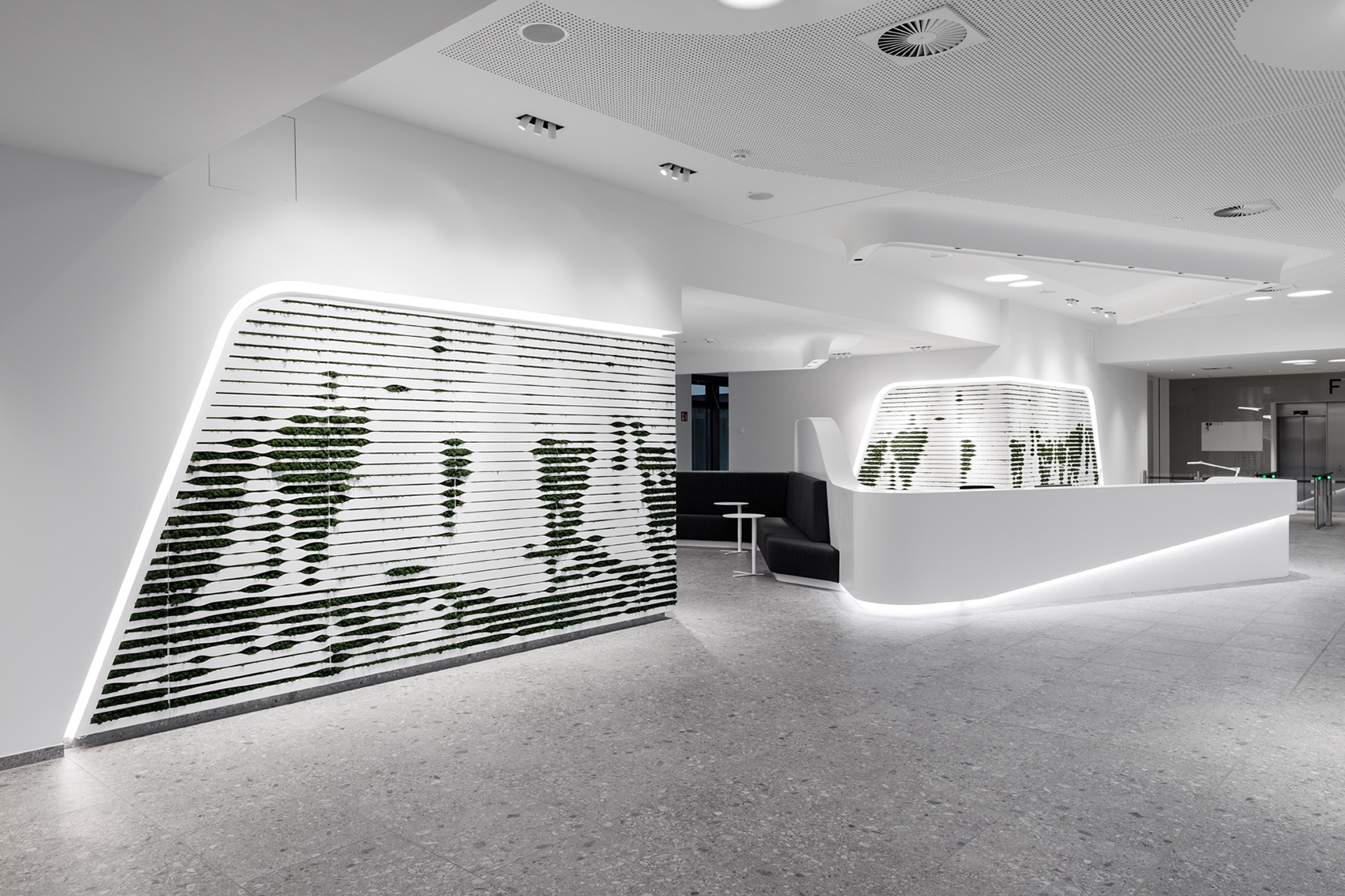


As a result, it is estimated that an increase of +100bp in key interest rates would translate into a fall in non-financial corporates’ margins of -1pp in Germany, -2.3pp in France, -1.5pp in the UK and -1.4pp in the US. However, the transmission from higher interest rates to the real economy can be slower this time, thanks to corporates’ high cash positions (+27% compared to 2019).
Euler hermes full#
They do have the leeway to withstand a moderate monetary policy tightening cycle, though: Previous cycles have shown that the sensitivity of +100bp increase in key interest rates is highest in the US, the UK and Italy, and 90% of the pass-through materializes after four months, with the full pass-through achieved after seven months. With inflation set to remain above 2% until 2023, it is expected for central banks to gradually raise interest rates, which will increase financing costs for corporates. In addition, some industries could face the prospect of risking increasing prices even as demand is waning. The way the latter will evolve under the pressure of higher interest rates will determine the degree of impact of inflation on the profitability of most sectors.”, said Mihai Chipirliu, CFA, Risk Director Euler Hermes Romania.Īnd while a year-end survey showed that a majority of firms are planning to raise prices, only a handful really have the ability to pass on higher input prices – notably oil, air transport and textiles, as well as some sub-sectors of food manufacturing. For the same reasons, but with a lower intensity, the consumer goods, IT and electronics sectors also transferred rising costs to final prices, being supported by stable consumption. In the case of metals, increases in energy costs have so far been easily transferred to final costs due to a sustained contribution on the construction side (mainly in the residential segment), but also due to increased costs on the logistics side. “In the case of Romania, among the sectors most affected by the increase in short-term energy costs we find transport, construction, but also agriculture. The Eurozone metals sectors, which performed very strongly in 2021, is expected to lose some profitability in 2022, mostly because of its higher energy bill. In particular, there’s strong profitability gains for the US construction and machinery & equipment sectors, and for the Eurozone household equipment industry. The increase in sales as estimated by sell-side analysts should allow firms to offset higher wages (+4.7% in the US and +2.5% in the Eurozone), higher interest rates (+75bps in the US and +25bps in the Eurozone) and higher oil prices – it is expected an average Brent price of USD81 in 2022. Overall, in the baseline scenario, it is expected that most sectors in both the US and the Eurozone to gain profitability in 2022 compared to 2021, according to Euler Hermes. Furthermore, pent-up demand in 2021 helped most firms preserve or even increase their margins. This is echoed in the broad increase in inventories. In addition, since 2021, firms have also been increasing capex, mostly in reaction to supply-chain disruptions to avoid missed sales opportunities. Fortunately, these stand more than EUR690bn above pre-crisis levels in the Eurozone and more than USD 765bn in the US. With high input prices expected to persist until H2 2022, companies’ cash balances are key to cushioning the blow.


 0 kommentar(er)
0 kommentar(er)
